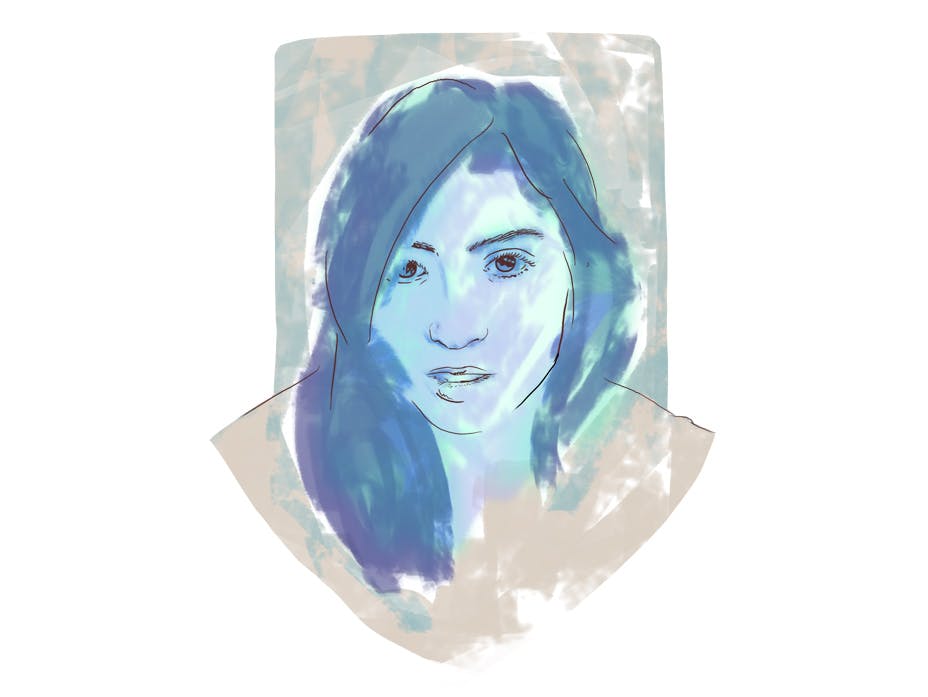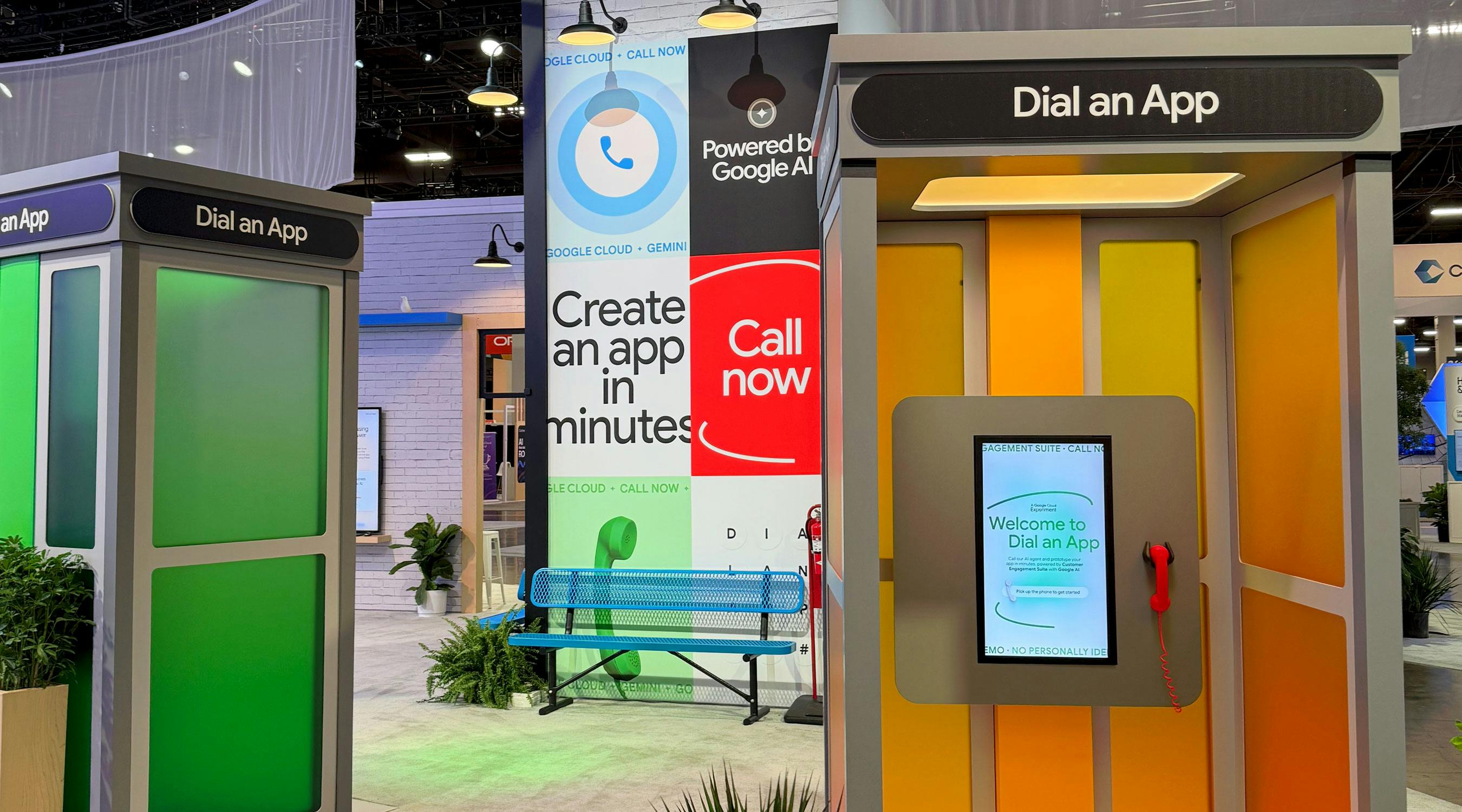Infinite Avenues of Exploration: VR Director Milica Zec Talks Shop with Use All Five


Can you tell us about your recent premiere of Tree at Sundance? What’s the premise of Tree? What’s the Sundance experience like as a director?
Tree is a virtual reality experience that places the audience in the body of a tree. From seedling to full height and beyond, the viewer observes the entire lifecycle of a tree and gets to witness the reality for rainforests in today’s world. The whole experience is told without a single spoken word: only visuals, haptic feedback, and sounds of nature that are rhythmically connected. The piece was inspired by a sound composition “Nightmare of a Tree” created by Aleksandar Protic, a sound designer and long-time collaborator of mine. Winslow Porter (co-director of Tree) and I thought to add visuals to it and bring people inside a tree virtually via headset. Tree has just had its premiere at Sundance, and we got to witness powerful and moving reactions from the audience; many told us that they’ll never look at trees in the same way and that climate had never felt so personal and urgent. Being part of Sundance is an exhilarating and humbling experience as the festival’s main focus is helping filmmakers amplify their messages and projects and connecting them with the right audience.

Working with Marina for nine years was an extraordinary experience. Being so close to an artist who managed to overcome countless obstacles and be persistent throughout her whole career was a huge lesson on how to stay true to oneself no matter what else is taking place. I worked with Marina for several years to prepare the “Artist is Present” show, but perhaps the most transformative part for me took place after the show was finished, when I was tasked with editing video of the entire performance: thousands of hours of Marina sitting across from hundreds of individual visitors. Watching all those people and Marina in both their stillness and eruptions of emotion made me reconsider many things about life, especially regarding the connections we have with one another.

Can you tell us about your experience with New Inc? What does the program entail? How has it changed you?
NEW INC is the New Museum’s incubator for artists who work at the intersection of art and technology. When our previous VR project Giant was in early script stages, Winslow and I applied for a desk space. Karen Wong, deputy director of New Museum and Julia Kaganskiy director of NEW INC, decided to take a chance with us and supplied us with ample working space, mentors and a wonderful community. Several months after that, Giant had its world premiere at Sundance, followed by a world tour of festivals, from Cannes to the Busan Film Festival in South Korea. After our presentation at the New York Film Festival, we began developing Tree, which premiered at Sundance and is now being prepared for TriBeCa Film Festival. And, finally, Winslow and I just started our own VR production company, called New Reality Co. All of this was made possible by NEW INC and its mission to help independent artists to stand on our own and to create art full time.

Have you begun to notice any trends in how VR is being used to tell stories? Do you worry about any approaches becoming stuck as the “standard” like the structure we expect of films? What do you expect to see as narrative VR becomes more widely produced?
VR is still very much in its infancy and has not yet become standardized in any way. I am encouraged by the various, far-reaching directions in which it is being taken by so many talented creators. VR’s capacity to envelop the user in an entirely different reality in a very convincing way opens up infinite avenues of exploration, and I do my best to create and explore without boundaries or predictions in this extremely precious moment.
What are your thoughts on web VR? Can online viewing and in-person installations coexist?
I think web VR is a more democratic way of experiencing VR for those who don’t own headsets. Online viewing and in-person installations can coexist, but, to maximize the effect of the content, creators will have to tailor the experience to each platform through which they want the content distributed.

What are some of the technical challenges most of us wouldn’t imagine in creating Tree, or your previous work Giant?
Both projects are real-time and were created primarily inside Unreal Engine, the combination of which pushed certain limits inside the engine as well as the limits of CPU and GPU. The biggest technical challenge in Tree was matching the proportions of a human skeleton with a tree that is growing throughout the experience, so that the viewer’s interactions match the tree’s respective progress. In Giant, we mixed 3D and 360 environments with two-dimensional live action to which we added depth. Seamlessly blending actors with a CG environment was one of the hardest tasks we faced, and required the collaboration and ingenuity of our amazing team and the companies that created the very software and hardware we used.

My inspirations have always been film directors who are unafraid to play with the medium and make unconventional movies, pushing and breaking its limits to deliver artworks that remain timeless. Some of them are Ingmar Bergman, Federico Fellini, and Wong Kar-wai.



